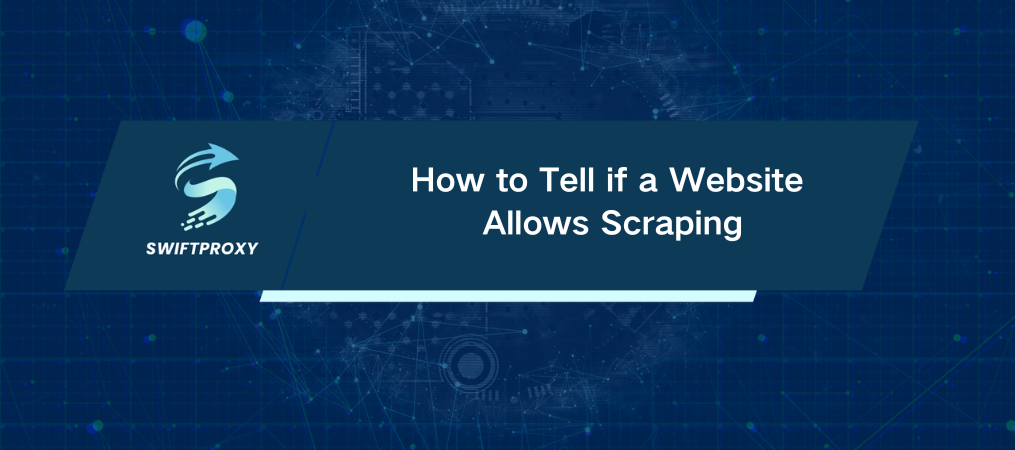How to Tell if a Website Allows Scraping

Web scraping is revolutionizing the way businesses and researchers gather data. In fact, 40% of organizations say web scraping helps them gather critical market insights. But before you dive into scraping a website, you need to make sure you're not stepping on any legal toes. Let's walk through how to check if a website allows scraping and make sure you're working within the rules.
The Basics of Scraping with a Purpose
Web scraping is a tool used for extracting data from websites. It helps businesses automate tasks and analyze large sets of information. Think of it as a way to gather the data you need without manual effort. But there's a catch—many websites regulate how their data is accessed. That's why knowing how to check if a site allows scraping is critical.
Step 1: Inspect the robots.txt File
First stop: the robots.txt file. This is your website's "do and don't" list for web crawlers and scrapers. The robots.txt file tells bots what areas of the site they can and can't access.
To find it, simply add /robots.txt to the website URL (for example, www.example.com/robots.txt). Here, you'll look for two key directives:
Disallow: This means "don't scrape this part."
Allow: This shows which parts are open for crawling.
But remember, the robots.txt file is a request—not a mandate. Some bots might ignore it, and that could mean unauthorized scraping if not followed.
Step 2: Check Meta Tags
Meta tags are hidden in the HTML code and give web crawlers extra instructions. Look for the "noindex" or "index" meta tags, which tell search engines whether a page should be indexed or not.
Noindex: The page should not be indexed and might be off-limits for scraping.
Index: It can be scraped.
To find meta tags, right-click on the page and inspect the code. A quick search for <meta> will lead you to the relevant tags.
Step 3: Analyze HTTP Headers
If robots.txt and meta tags aren't enough, check the HTTP headers. These are part of the server's response when you access the website and can hold important info on scraping permissions.
Look for headers like:
X-Robots-Tag: A header that provides similar functionality to meta tags, controlling whether a page can be indexed or crawled.
Allow: This will specifically let you know if scraping is permitted.
Use browser developer tools or online header analysis tools to dive deeper. HTTP headers can even help you spot server-side measures against scraping, such as rate limiting.
Step 4: Use Scraping Tools, but Be Cautious
Once you've identified whether scraping is permitted, tools can help automate the process. A good scraping tool can efficiently pull and organize data from websites, saving you time.
But here's the thing: Just because you can scrape doesn't mean you should. Always follow the site's guidelines, avoid overloading servers, and respect rate limits.
Final Thoughts
Checking whether a website allows scraping isn't just about knowing the rules. It's about using that knowledge to gather valuable data without running afoul of legal or ethical boundaries. Start by inspecting the robots.txt file, analyze meta tags and headers, and be cautious when using scraping tools. By staying informed and respectful, you'll get the insights you need while staying on the right side of the law.

















































